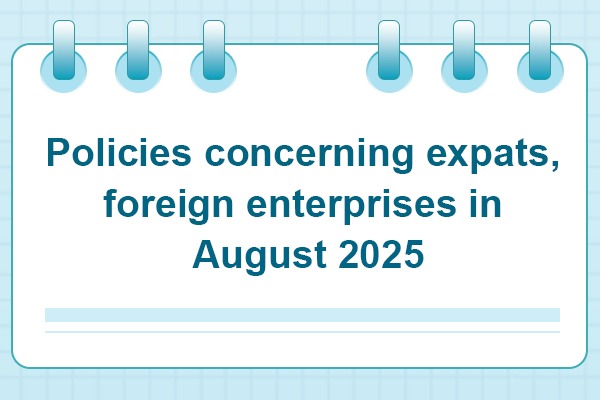Bank WMPs post 6.9% growth in 2020 assets


Assets under management, or AUM, held by bank wealth management products in China rose by 6.9 percent on a yearly basis to 25.86 trillion yuan ($4 trillion) last year, a new report said on Friday.
Along with their steady growth, the bank wealth management products, or bank WMPs, played an important role in bolstering the real economy, the part of the economy that produces goods and services, said the report on the banking sector's wealth management business.
By the end of last year, bank WMPs provided 22.21 trillion yuan of funding to the real economy by investing in assets including bonds, nonstandard debt assets and equities of unlisted companies, said Ma Zhongfu, chairman of China Wealth (Asset) Management Registry and Custody Co Ltd, a provider of wealth management registry, custody, risk monitoring and market research services.
"China's new dual-circulation development pattern has raised higher requirements for the asset management sector. The asset management business should give full play to its advantages, such as transparency and highly efficient allocation of financial resources, to make greater contributions to its support of the direct financing system, the expansion of the sources of residents' property incomes and the improvement of the quality and efficiency of serving the real economy," said Yang Dongning, director of the financial innovation supervision department of the China Banking and Insurance Regulatory Commission.
She emphasized that the regulator will keep stepping up the requirements for the wealth management business of banking institutions.
Yang said: "The CBIRC requires banks and their wealth management subsidiaries to explore financial innovation on the basis of prudential regulation and insists on assessing bank WMPs based on three standards: Whether or not bank WMPs will help support the real economy; whether or not they will help prevent and control financial risks; whether or not they will protect the legitimate rights and interests of consumers.
"Therefore, the regulator will resolutely crack down on so-called innovation, which deviates from the demands of the real economy, seeks short-term returns on investment, tries to avoid financial regulations or make nontransparent information disclosure."
Since the COVID-19 pandemic had negative effects on the Chinese economy and the financial sector, domestic financial institutions were under fairly huge pressure to transition from offering principal-protected WMPs toward offering WMPs valued on a net asset basis, which refer to non-principal-protected WMPs with floating rates of return. To steadily promote transition of the asset management business in accordance with norms and standards, China extended the transitional period for new rules for the asset management sector to the end of this year.
By the end of last year, the AUM of bank WMPs valued on a net asset basis rose 59 percent year-on-year to 17.4 trillion yuan, accounting for 67.28 percent of the AUM balance of all bank WMPs, which was 22.06 percentage points higher than the figure at the end of 2019, said Ma.
However, the transition toward offering WMPs valued on a net asset basis is not yet completed. Regulators should continue to push for the transition in an orderly manner while making sure that the process will not negatively affect the real economy, said Zeng Gang, deputy director-general of the National Institution for Finance and Development.
"A clear divergence in the wealth management business and capabilities between large and small banking institutions will be seen when the transitional period comes to an end. We will pay attention to their cooperation in this field and see how large banks will export technologies to small banks that do not meet regulatory requirements for the establishment of wealth management subsidiaries," Zeng said.




































